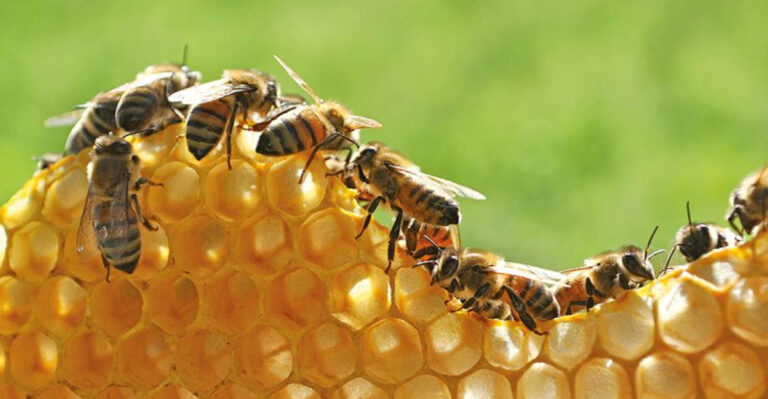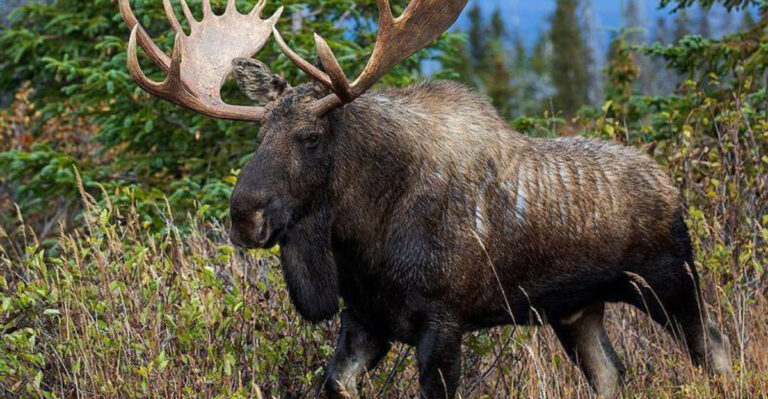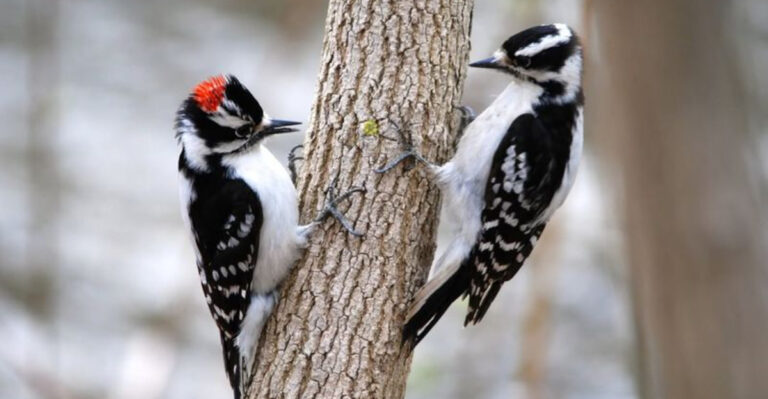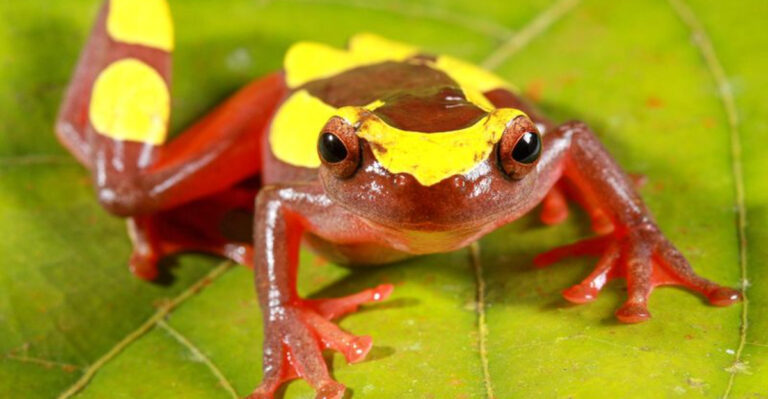19 Awesome Types Of Beach Birds
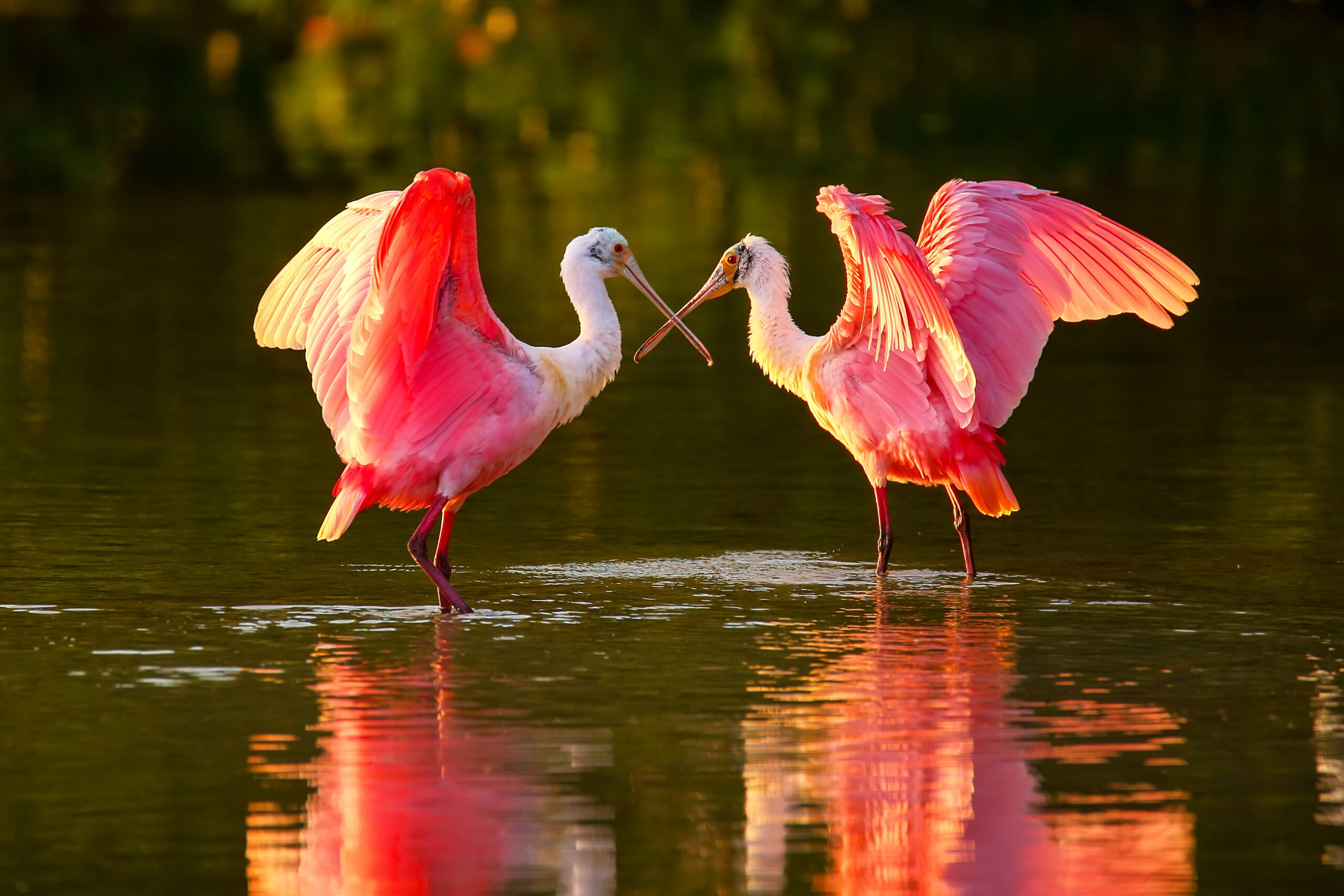
Beaches are not just popular vacation spots for people; they are also vibrant ecosystems teeming with life, especially fascinating bird species.
From the delicate dance of sandpipers along the shoreline to the majestic flight of seagulls overhead, beach birds offer a captivating glimpse into the wonders of avian life.
These feathered friends are not only integral to the coastal environment but also provide endless joy and curiosity for bird watchers and nature lovers alike. Whether you’re a seasoned birder or a curious newcomer, exploring the diverse world of beach birds is a delightful adventure.
1. Atlantic Puffin
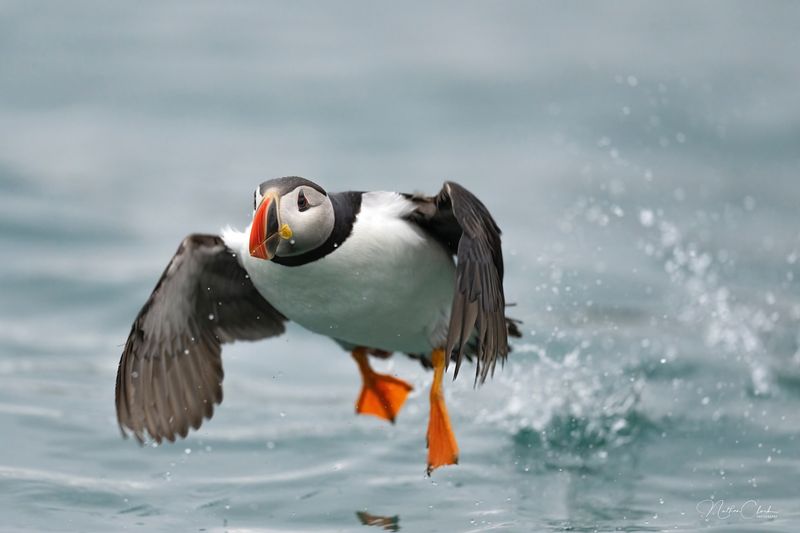
The Atlantic Puffin, with its striking orange beak and black-and-white body, is a truly enchanting bird. Found along the coastlines of the North Atlantic Ocean, these birds are often seen in large colonies during the breeding season. Their colorful appearance has earned them the nickname ‘clowns of the sea’.
Puffins are excellent swimmers, using their wings to ‘fly’ underwater while hunting for fish. Despite their clumsy appearance on land, they are graceful in the air, capable of high-speed flight. It is a rare treat to witness them in their natural habitat.
Conservation efforts are vital for their survival, as puffin populations face threats from pollution and changes in the marine ecosystem. Bird enthusiasts often travel to remote islands to catch a glimpse of these delightful birds, making them a must-see for avian aficionados. In short, these birds will amaze you – so much to learn about them!
2. Black Skimmer
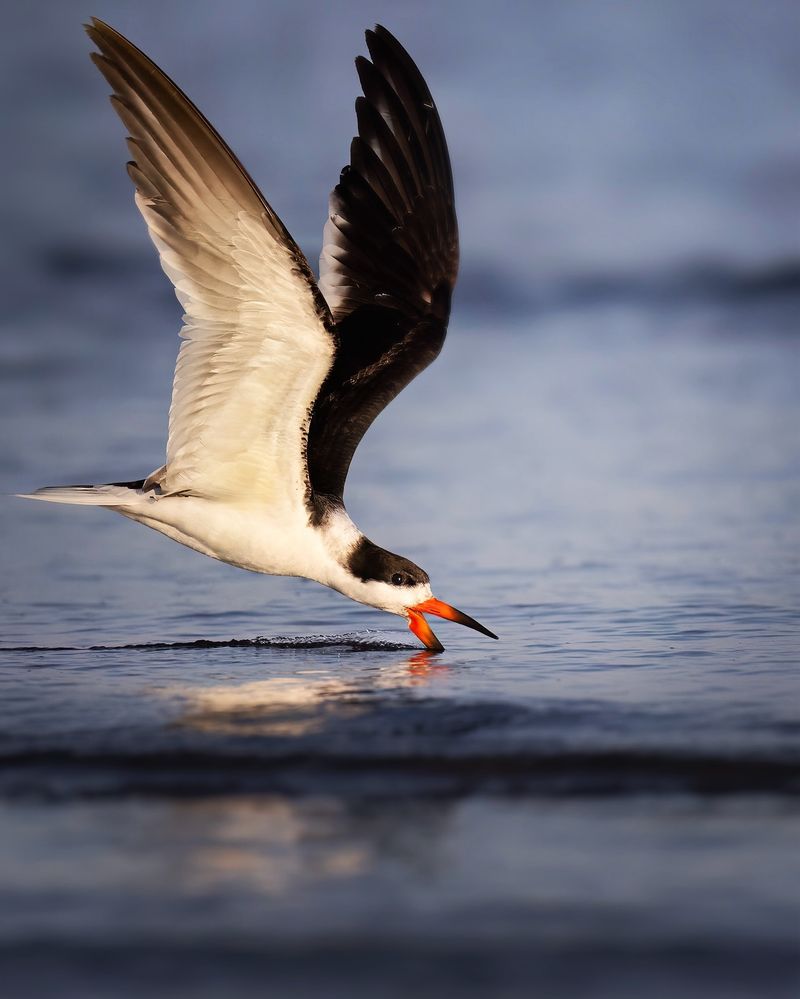
The Black Skimmer is a unique and fascinating bird, easily recognized by its long, thin bill with an elongated lower mandible. They are often seen gliding gracefully along the water’s surface, skimming for fish. This feeding technique is not only efficient but also a mesmerizing sight for onlookers.
Black Skimmers are primarily found on sandy beaches and coastal lagoons in North America. Their striking black and white plumage stands out against the backdrop of golden sands and blue waters. During the breeding season, they nest in colonies, often alongside other seabirds.
The survival of Black Skimmers is closely tied to the health of their coastal habitats. Efforts to protect these areas are crucial for their continued presence on our shores. Observing a Black Skimmer in action is a memorable experience, offering a glimpse into the intricacies of avian life.
3. Royal Tern
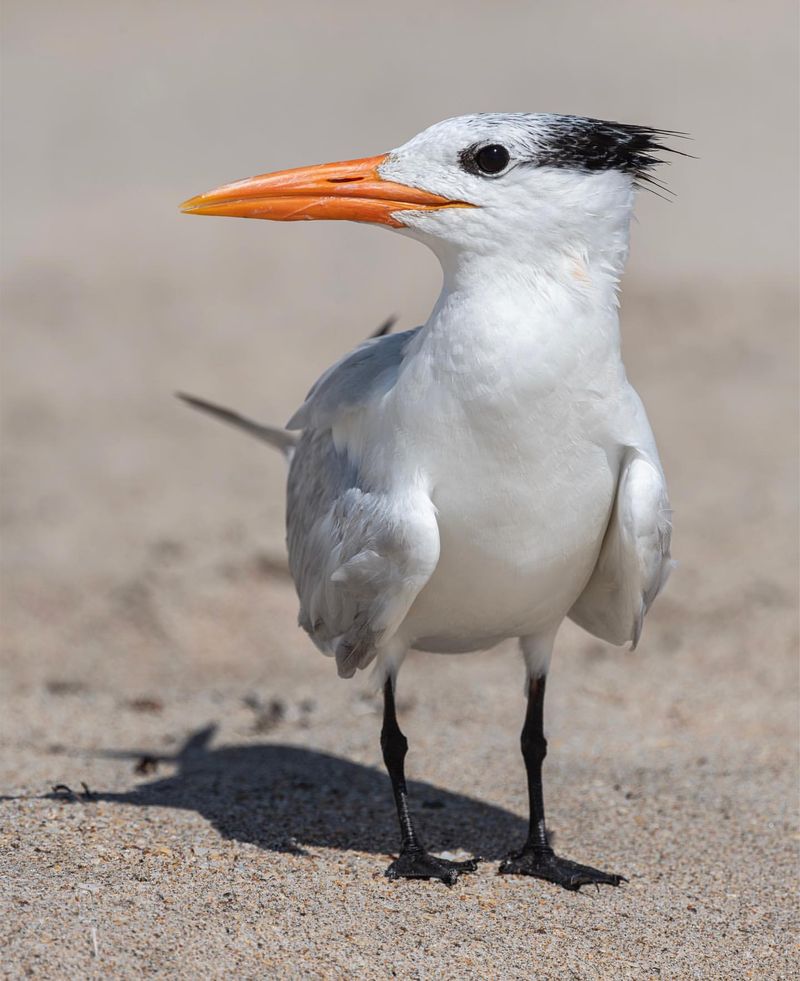
The Royal Tern is an elegant and charismatic bird, often seen gracing the shores with its presence. With its sleek white body, black cap, and vibrant orange bill, the Royal Tern is hard to miss. These birds are social creatures, frequently found in large flocks along sandy beaches.
Royal Terns are expert fliers, known for their daring dives into the ocean to catch fish. Their agile movements and sharp eyesight make them proficient hunters. Watching a Royal Tern in action is like witnessing a master at work.
These birds play an important role in coastal ecosystems, helping to control fish populations. Conservation efforts are essential to ensure their habitats remain protected. Bird watchers and beachgoers alike can enjoy the sight of Royal Terns, adding a touch of grace and beauty to any seaside outing.
4. Sanderling
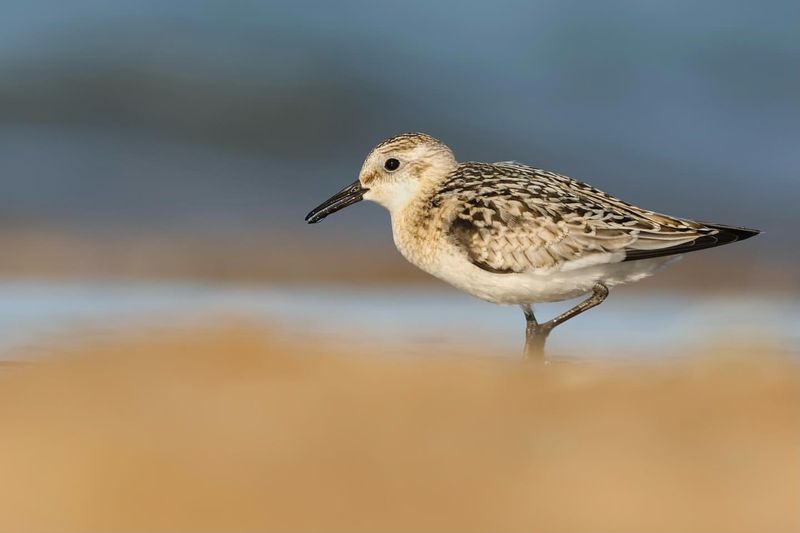
Few birds capture the essence of a lively beach scene like the Sanderling, a small and energetic shorebird. Their soft grey and white plumage makes them blend seamlessly with the sand, but their constant motion catches the eye. Often found in flocks, Sanderlings are known for their characteristic scurrying along the tide line.
These birds are adept at foraging for food, probing the wet sand with their beaks to find small invertebrates. Their tireless pursuit of prey is a testament to their survival skills. Watching them race along the shoreline is both entertaining and fascinating.
Sanderlings migrate over vast distances, traveling from Arctic breeding grounds to warmer wintering locations. Their impressive journeys underscore the importance of protecting migratory pathways. Observing Sanderlings offers a glimpse into the dynamic world of beach bird life.
5. Western Gull
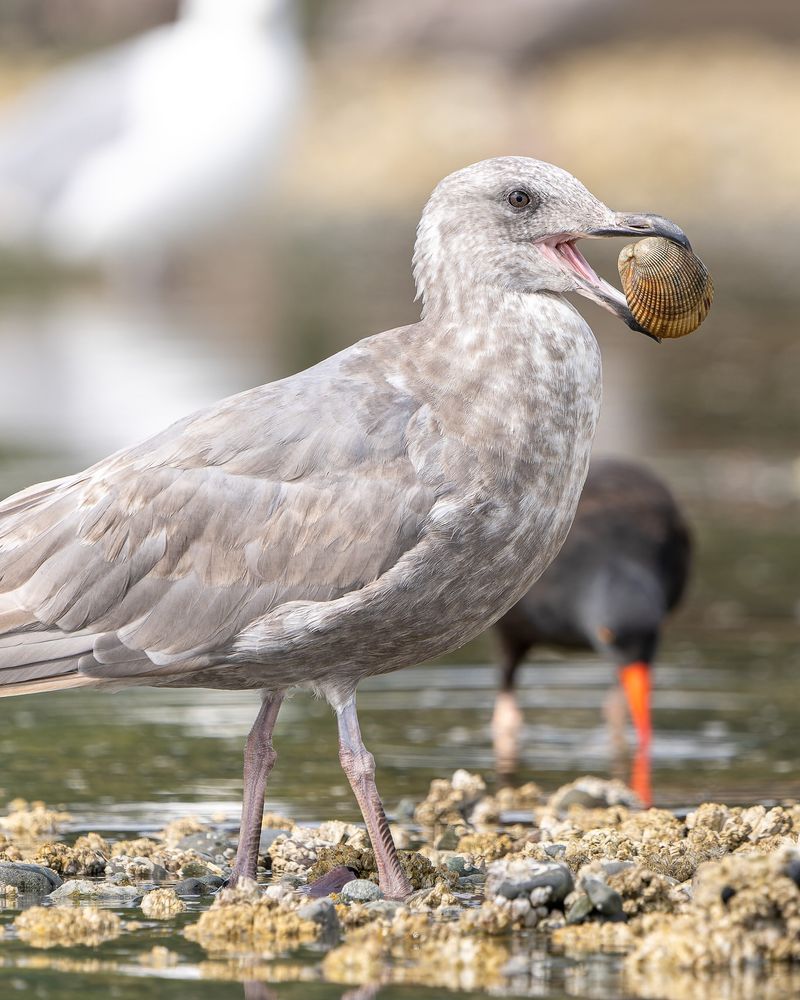
The Western Gull is a familiar sight along the Pacific coast, known for its bold presence and striking appearance. With its robust body, grey and white plumage, and fierce gaze, this bird commands attention. Western Gulls are often seen perched on rocks or soaring above the ocean.
These gulls are opportunistic feeders, with a diet that includes fish, invertebrates, and even human leftovers. Their adaptability has allowed them to thrive in various coastal environments. Observing their interactions with other birds can offer insights into the complex social dynamics of gull communities.
Western Gulls play a vital role in their ecosystems, helping to keep populations of prey species in check. Bird lovers and photographers find them a rewarding subject, capturing their commanding presence and dynamic behaviors.
6. Piping Plover
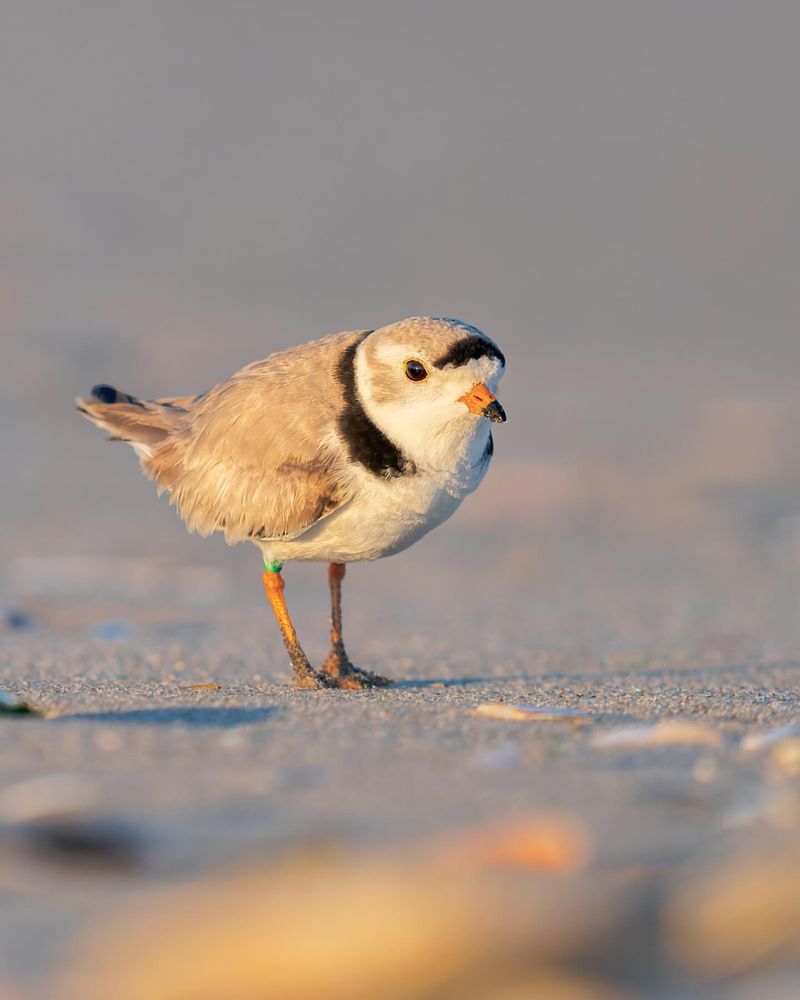
The Piping Plover is a small, charming bird that frequents the sandy beaches of North America. With its pale brown and white plumage and a delicate black collar, it is a delightful sight for beachgoers. These birds are known for their distinctive, melodious calls that echo along the shores.
Piping Plovers are ground nesters, often laying their eggs in shallow scrapes in the sand. Their nesting habits make them vulnerable to disturbances, highlighting the need for careful conservation measures. Observing their nurturing behavior provides a touching glimpse into their family life.
Efforts to protect Piping Plovers have been successful in many areas, thanks to public awareness and habitat preservation initiatives. Bird enthusiasts are often captivated by their endearing presence and unique ecological role on the beach.
7. Laughing Gull
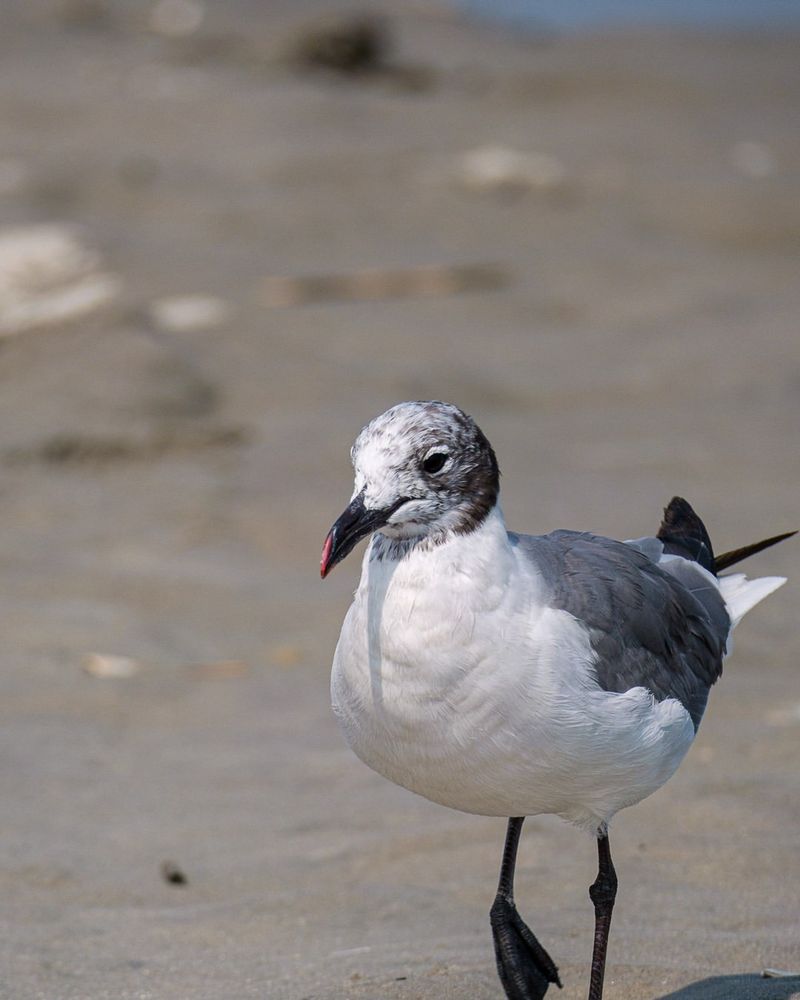
The Laughing Gull, aptly named for its distinctive ‘laughing’ call, brings a touch of humor to the shoreline. With its black head and white underbelly, this medium-sized gull is a common sight along the Atlantic coast. They are often seen in flocks, engaging in lively social interactions.
These gulls are adaptable feeders, foraging for fish, insects, and scraps. Their curious nature and bold behavior make them a favorite among beachgoers. Watching a flock of Laughing Gulls is both entertaining and enlightening, revealing the social intricacies of bird communities.
Laughing Gulls are an integral part of coastal ecosystems, contributing to the balance of local wildlife populations. Their presence adds a cheerful note to any beach visit, offering both amusement and insight into avian life.
8. American Oystercatcher
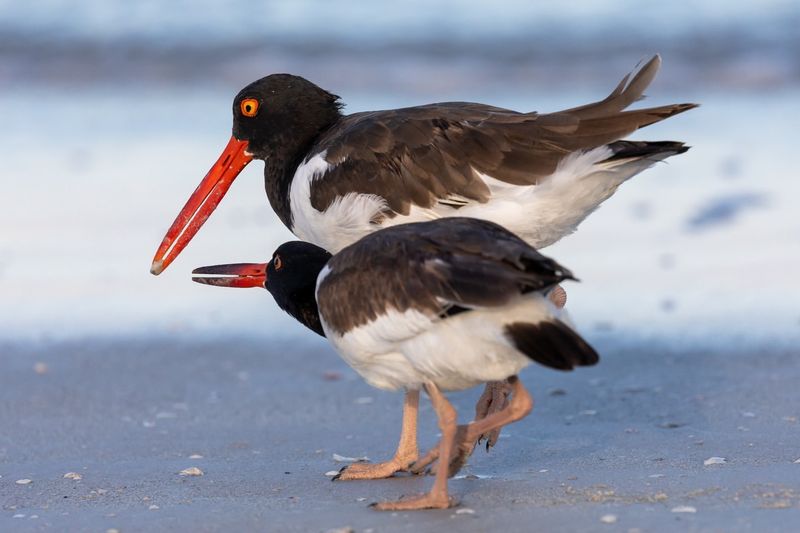
The American Oystercatcher is an iconic coastal bird, easily identified by its striking black and white plumage and bright red bill. This distinctive appearance makes it a favorite among bird watchers. Found along the Atlantic and Gulf coasts, they are often seen foraging on rocky shores.
Oystercatchers are specialized feeders, using their strong bills to pry open shellfish and mollusks. Their feeding habits play an essential role in maintaining the balance of coastal ecosystems. Watching an Oystercatcher at work is a fascinating insight into the complexities of nature.
Conservation efforts are critical for the survival of American Oystercatchers, as habitat loss and human interference pose significant threats. Bird enthusiasts often seek out these charismatic birds for observation, adding them to their must-see list.
9. Great Egret
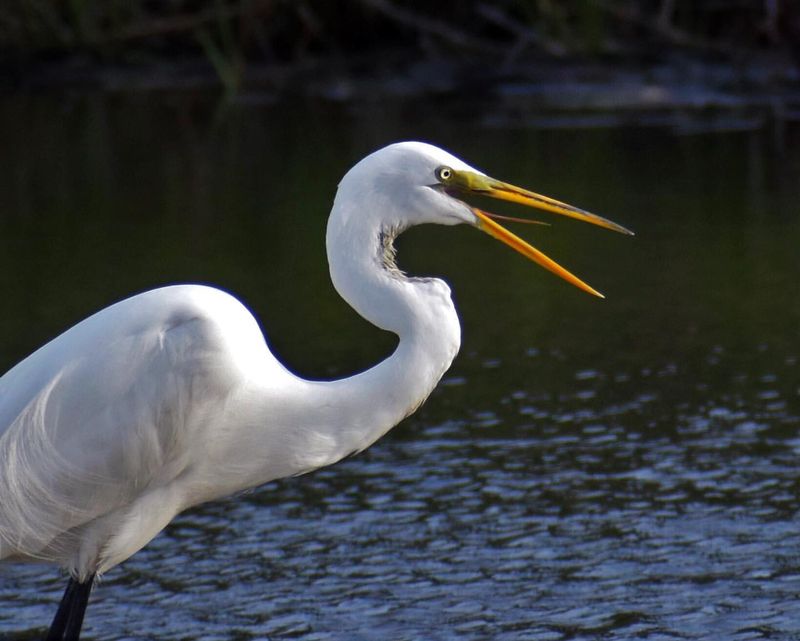
The Great Egret is a symbol of grace and elegance on the beach, with its long white plumes and slender neck. Often seen wading through shallow waters, they strike a majestic pose as they search for fish. The sight of a Great Egret in golden sunlight is truly a breathtaking experience.
These birds are expert hunters, using stealth and precision to capture their prey. Their slow and deliberate movements are a testament to their hunting prowess. Observing a Great Egret in action reveals the beauty and precision of nature’s design.
Great Egrets are also important indicators of wetland health, making conservation efforts crucial for their continued survival. Bird lovers and photographers are drawn to their ethereal presence, capturing the essence of tranquility and grace.
10. Snowy Egret
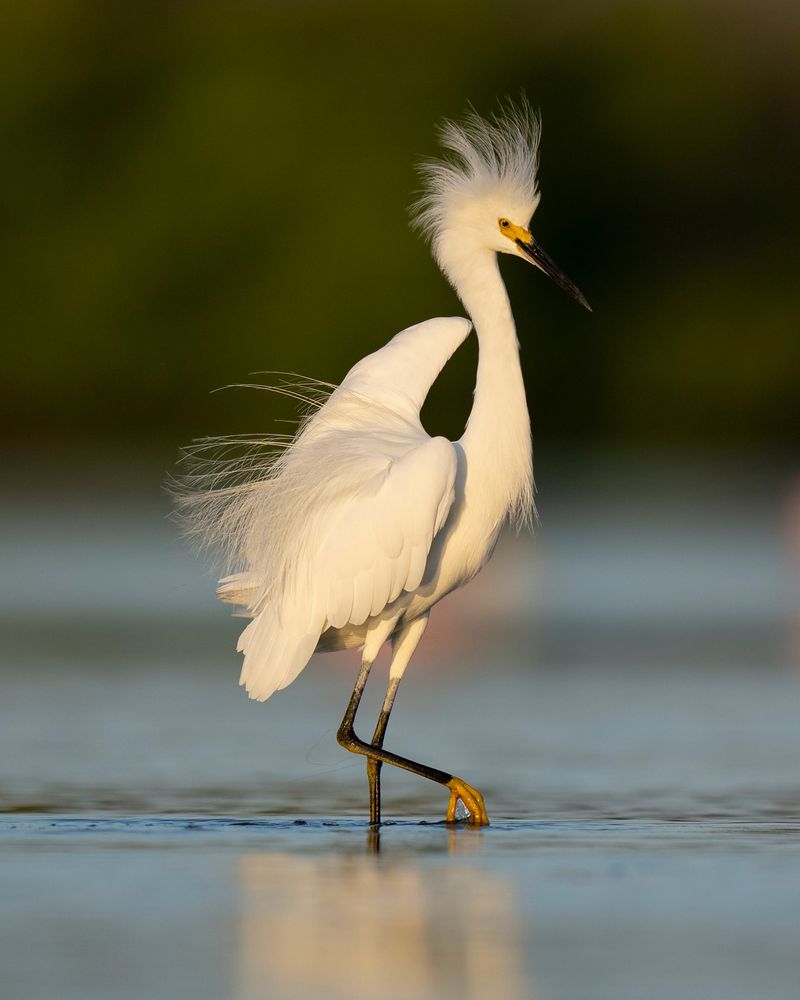
The Snowy Egret, with its fluffy white feathers and striking yellow feet, is a lively presence on the beach. These medium-sized birds are often seen in marshy areas, where they hunt for fish and small invertebrates. Their energetic foraging behavior is a delight to watch.
Snowy Egrets are known for their distinctive feeding technique, involving a dance-like movement to flush out prey. This unique approach showcases their adaptability and intelligence. Observing them offers a window into their resourceful nature.
As an important part of wetland ecosystems, Snowy Egrets contribute to the balance of aquatic life. Conservation efforts ensure their habitats remain protected, allowing these charismatic birds to thrive. Their enchanting appearance and lively antics make them a favorite among bird enthusiasts.
11. Ruddy Turnstone
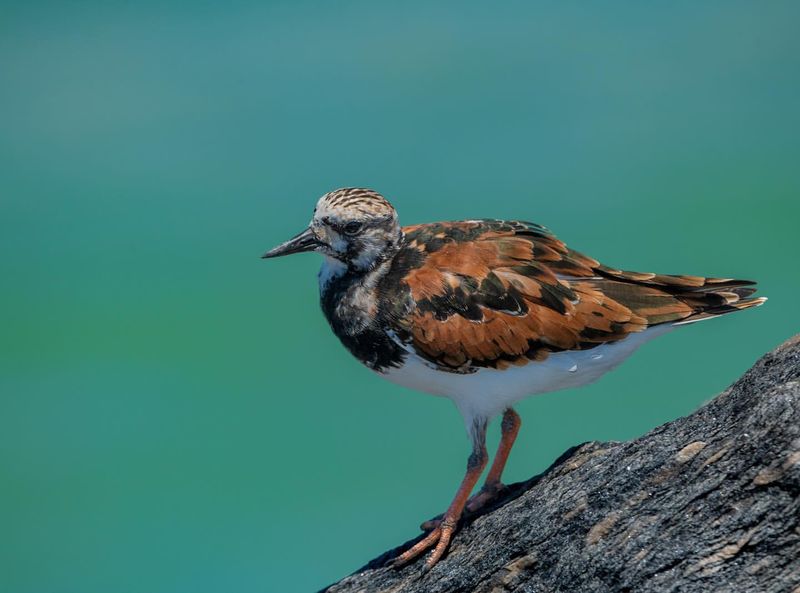
The Ruddy Turnstone is a tenacious and adaptable bird, recognized by its striking orange legs and patterned plumage. Often seen turning over stones along the beach, these birds are diligent in their search for food. Their distinctive behavior earns them their name and reputation.
Turnstones are versatile feeders, capable of foraging in a variety of coastal environments. Their resourcefulness and persistence make them successful hunters, well-suited to their migratory lifestyle. Watching a Ruddy Turnstone reveals the determination and adaptability of beach birds.
Migrating vast distances, Ruddy Turnstones connect diverse coastal regions, highlighting the importance of international conservation efforts. Bird watchers appreciate their unique behaviors and captivating charm, adding them to their list of beach bird favorites.
12. Willet
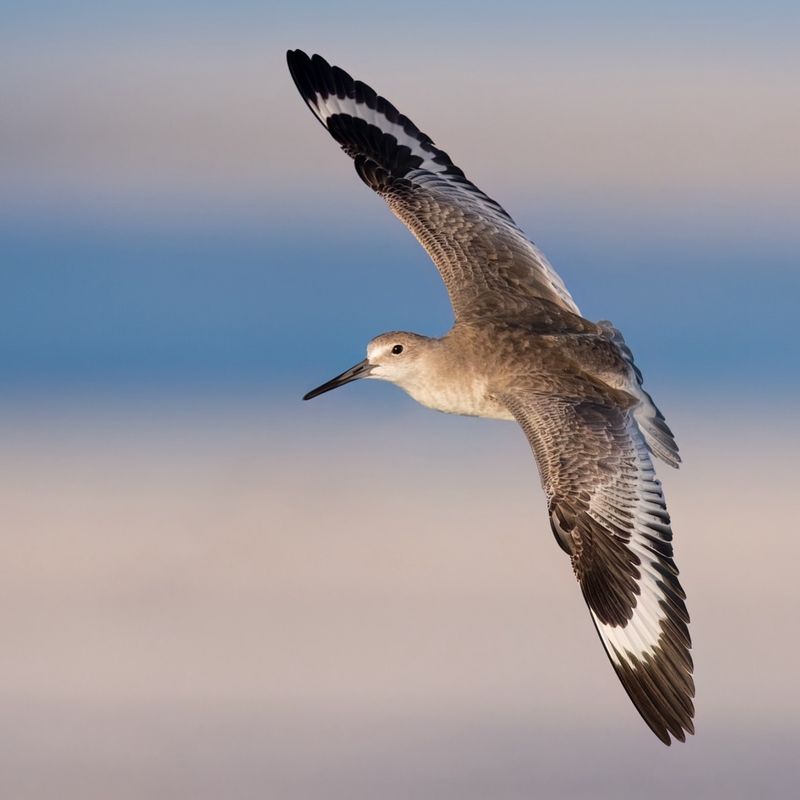
The Willet is a familiar shorebird, often heard before it is seen, thanks to its distinctive calls. With mottled brown and grey plumage and long legs, Willets are well-camouflaged among the sand and rocks. They are often spotted by the shore, wading through shallow waters.
These birds are opportunistic feeders, consuming insects, crustaceans, and small fish. Their varied diet reflects their adaptability to different coastal environments. Observing a Willet’s foraging behavior provides insights into their versatile nature.
Willets are important members of coastal ecosystems, contributing to the control of invertebrate populations. Conservation efforts help protect their habitats, ensuring their continued presence on our beaches. Their distinctive appearance and lively presence make them a favorite among bird watchers.
13. Brown Pelican
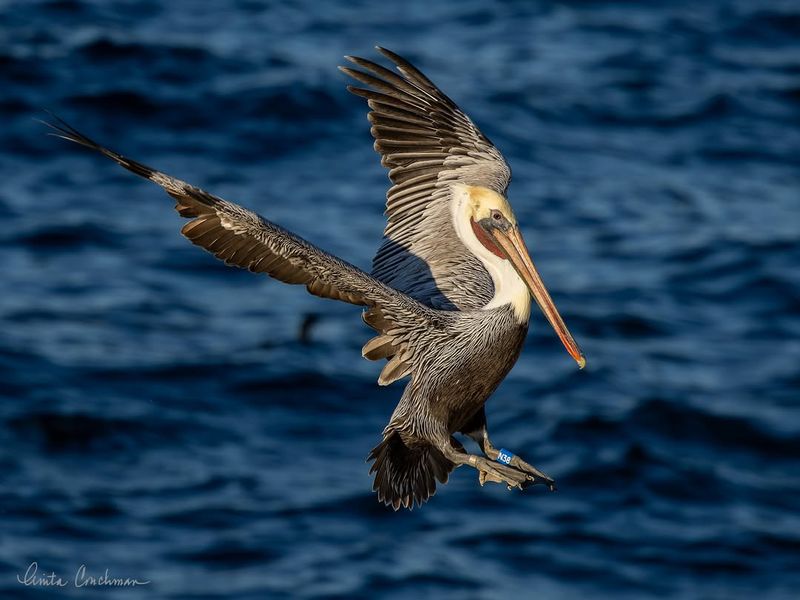
The Brown Pelican is an iconic figure of the beach, known for its impressive size and remarkable fishing skills. With its large wingspan and distinctive pouch, this bird is often seen gliding above the waves or diving headlong into the ocean. Their fishing technique is a spectacular display of precision and power.
Brown Pelicans are social birds, often found in large colonies along the coast. Their cooperative nature and complex social structures offer fascinating insights into avian life. Watching a group of pelicans in action is a truly captivating experience.
Conservation efforts have successfully brought the Brown Pelican back from the brink of extinction, making them a symbol of environmental recovery. Bird enthusiasts and beachgoers alike are drawn to their majestic presence and captivating behaviors.
14. Roseate Spoonbill
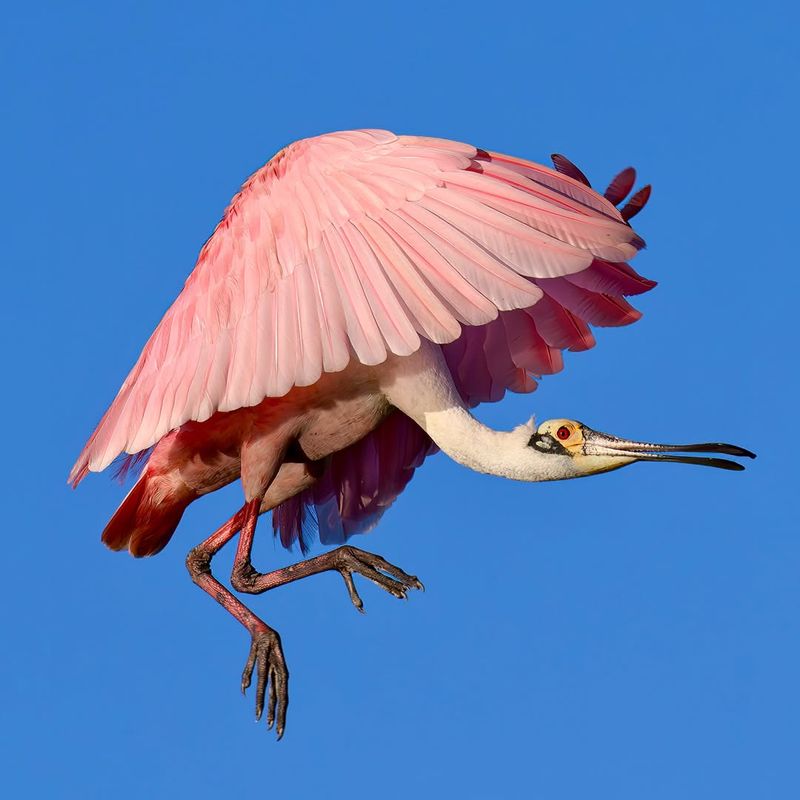
The Roseate Spoonbill is a striking and exotic bird, easily recognized by its bright pink plumage and unique spoon-shaped bill. Often found wading through shallow waters, they are a vivid splash of color against the coastal landscape. Their appearance is both unusual and captivating.
Spoonbills use their specialized bills to sift through mud and water, searching for small fish and invertebrates. This feeding technique highlights their adaptability and resourcefulness. Observing a Roseate Spoonbill in action is a testament to nature’s creativity.
These birds are important indicators of wetland health, necessitating conservation efforts to protect their habitats. Bird lovers are enchanted by their vivid beauty and graceful movements, making them a standout among beach birds.
15. Red Knot
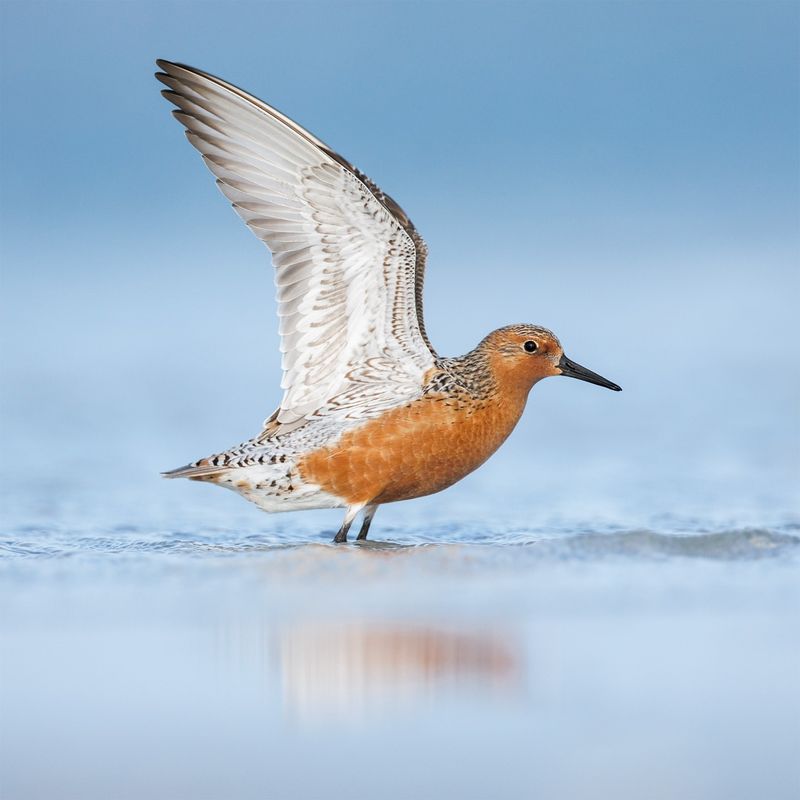
The Red Knot is a remarkable migratory bird, famous for its long-distance journeys. With its rusty-red chest in breeding plumage, it is a striking sight on the sandy shore. These birds are often seen in large flocks, foraging for food during their migration.
Red Knots feed primarily on invertebrates, using their sensitive bills to probe the sand. Their ability to find food quickly is crucial for building up energy reserves for their long flights. Watching them forage is a reminder of the challenges faced by migratory birds.
Conservation efforts are vital for the survival of Red Knots, as they depend on specific stopover sites during migration. Their impressive journeys and vibrant appearance make them a favorite among bird watchers and nature enthusiasts.
16. Common Tern
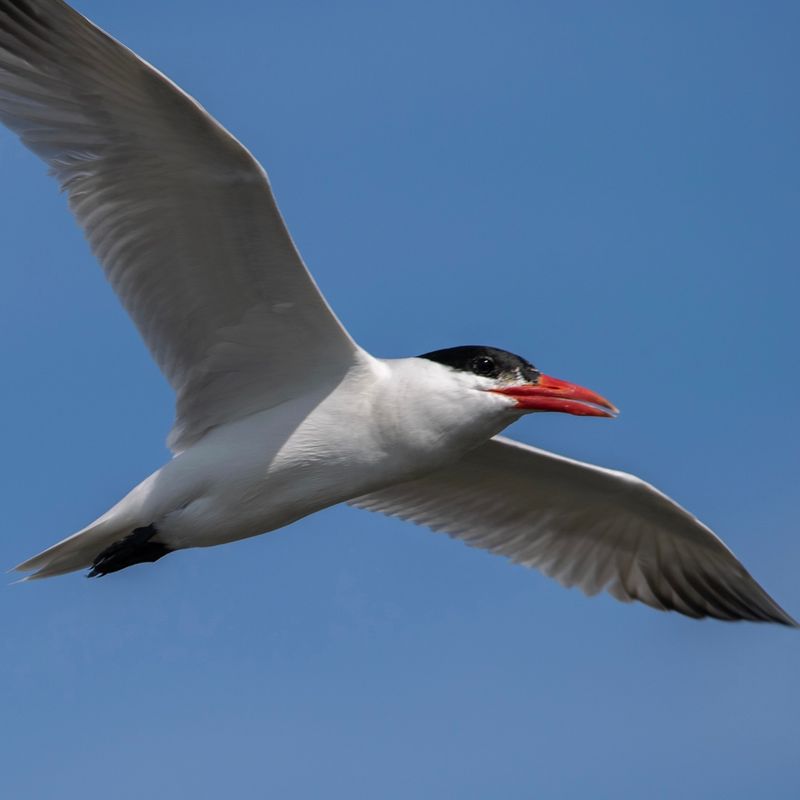
The Common Tern is a nimble and agile bird, known for its sleek grey and white body and sharp black cap. Often seen diving into the water, these birds are expert hunters, skilled at catching fish with precision. Their aerial acrobatics are a joy to watch.
Common Terns are social birds, often found nesting in large colonies along sandy beaches. Their intricate courtship displays and vocalizations add to the lively atmosphere of their breeding grounds. Observing a colony of Common Terns offers insight into the complex social dynamics of avian life.
Protecting their nesting sites is crucial for their continued success, as human activities pose significant threats. Bird enthusiasts are captivated by their elegant flight and dynamic behaviors, making them a highlight of any beach visit.
17. Pelagic Cormorant
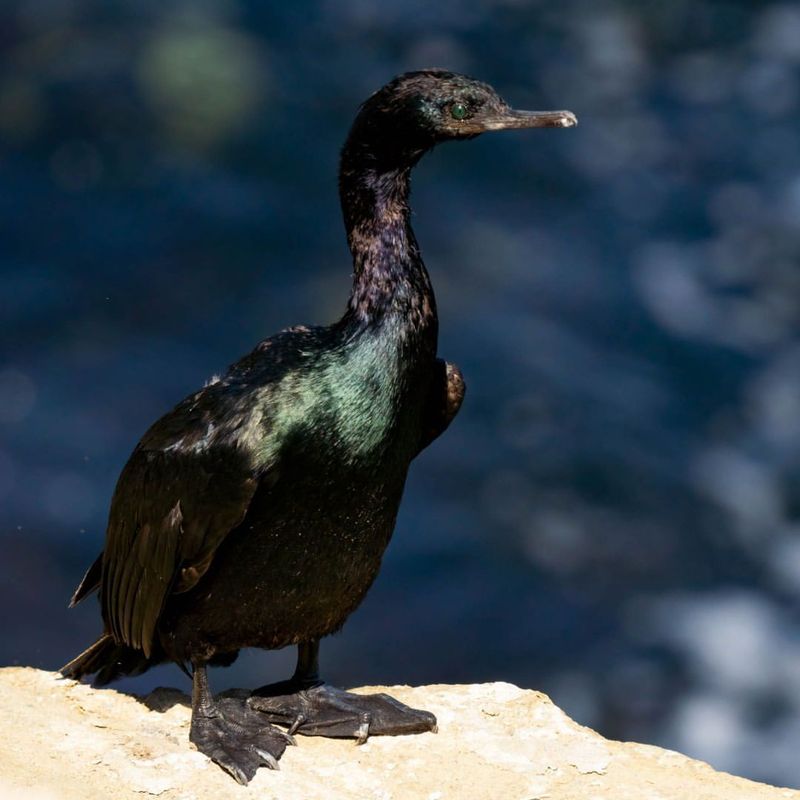
The Pelagic Cormorant is an intriguing sea bird found along rocky coastlines and open waters. Known for its iridescent plumage that shimmers in the sunlight, this bird often perches on coastal rocks with wings outstretched to dry. Their presence adds a mysterious allure to the beach.
Cormorants are exceptional divers, using their powerful legs to propel themselves underwater in search of fish. Their hunting prowess and adaptability make them successful predators in the marine environment. Watching a Pelagic Cormorant dive is a thrilling spectacle of speed and agility.
As indicators of marine health, Pelagic Cormorants benefit from conservation efforts to protect coastal ecosystems. Bird watchers appreciate their unique beauty and fascinating behaviors, adding them to their list of must-see beach birds.
18. Semipalmated Sandpiper
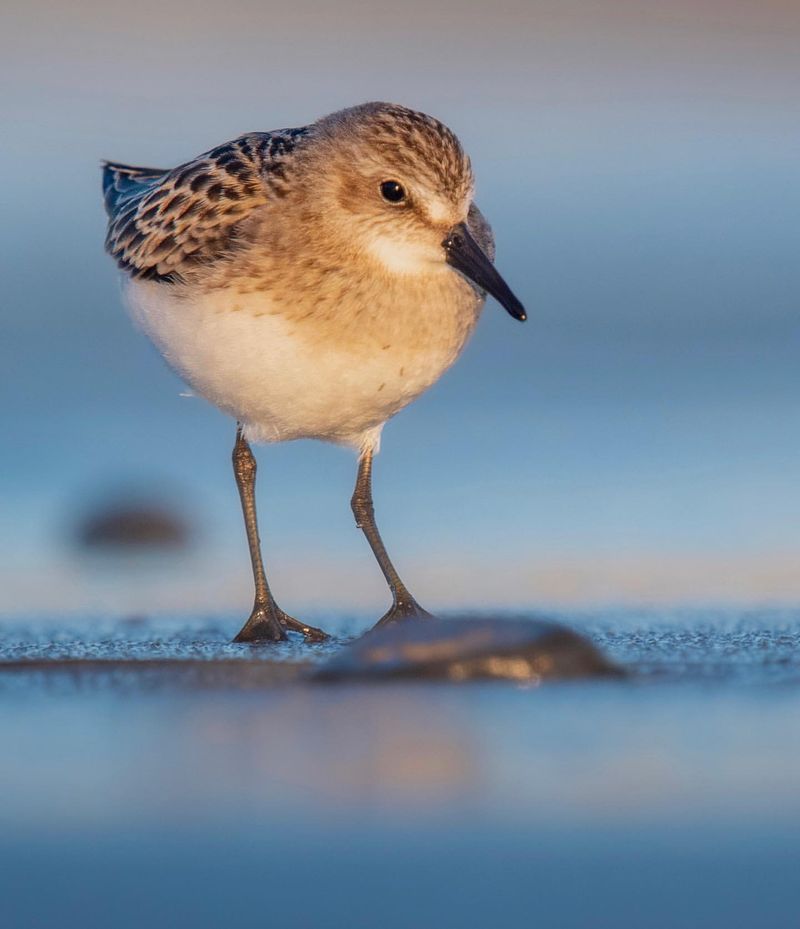
The Semipalmated Sandpiper is a small yet resilient bird that graces tidal flats and sandy shores. In its non-breeding plumage, this tiny bird can be challenging to spot, but its energetic foraging behavior catches the eye. These birds often travel in large flocks during migration.
Feeding primarily on small invertebrates, these sandpipers use their sensitive bills to probe the mud. Their efficient feeding strategy is vital for sustaining their energy-intensive migrations. Observing them at work offers a glimpse into the demanding life of migratory shorebirds.
Conservation of migratory stopover sites is crucial for the survival of Semipalmated Sandpipers, as they undertake long journeys between breeding and wintering grounds. Their resilience and lively presence make them a fascinating subject for bird enthusiasts.
19. Least Tern
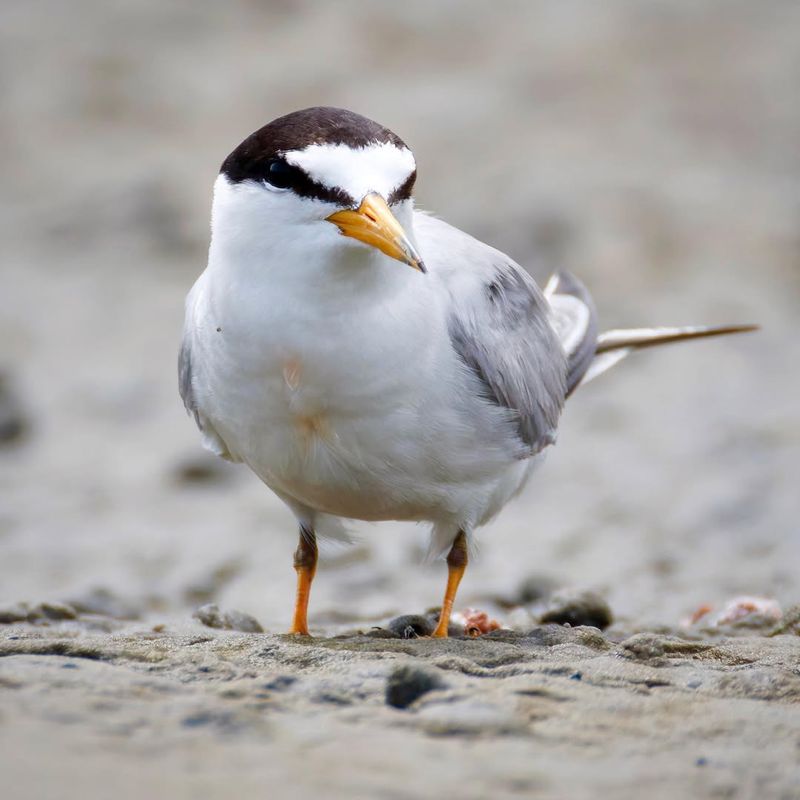
The Least Tern is a diminutive yet dynamic bird, often seen darting over the water’s surface. With its small size, sharp black cap, and pale grey and white plumage, it is a captivating sight. Their agile flight and precision dives showcase their skills as adept hunters of fish.
Least Terns are colonial nesters, setting up breeding sites on sandy beaches. Their social nature and vocal interactions create a vibrant community atmosphere. Observing a colony of Least Terns provides insight into their cooperative and lively behaviors.
Protecting their nesting areas is vital for their continued presence, as coastal development poses significant threats. Bird watchers are drawn to their energetic displays and charming appearance, making them a highlight of coastal bird life.

